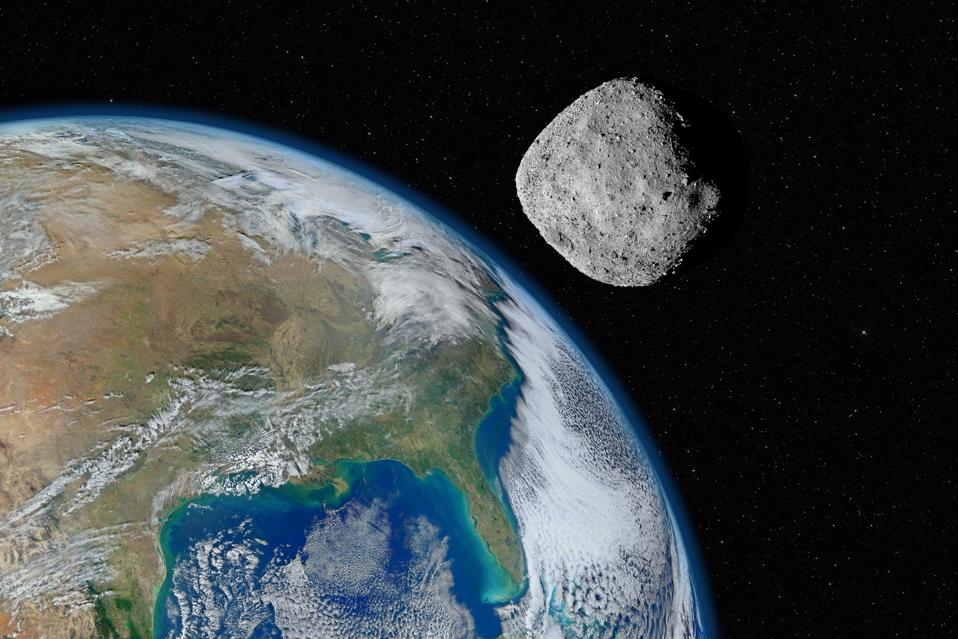An asteroid the size of a football stadium will fly safely by Earth on Friday, May 9, 2025, 23 years after its discovery. For such a large object to come close to Earth is rated as a once-per-year event, but it won’t pose any threat. The Virtual Telescope Project will show it live at 20:30 UTC (3:30 p.m. EDT) on Thursday, May 8, 2025.
Asteroid (612356) 2002 JX8 will come within 2.6 million miles (4.2 million kilometers) of the planet — about 10.9 times farther than the moon, according to the Center for Near-Earth Object Studies at NASA’s Jet Propulsion Laboratory. The moon is, on average, 238,855 miles/384,400 kilometers from Earth.
That may not sound close — and it certainly poses no danger to Earth — but for an asteroid, this large to come this close is a relatively rare event.
‘Potentially Hazardous Object’
Any object that comes within 4.6 million miles of Earth and is larger than 492 feet is capable of causing significant regional damage in the event of impact. Asteroid (612356) 2002 JX8 is 950 feet (290 meters) wide and therefore referred to as a “potentially hazardous object” by NASA.
Asteroid (612356) 2002 JX8 is classed as an Aten asteroid, which means it orbits the sun in less than a year and is often hidden in its glare as seen from Earth but crosses Earth’s orbit.
The Next Asteroid Close Approach
On June 5, 2025, asteroid 424482 (2008 DG5) will come within 2.2 million miles (3.5 million kilometers) of Earth — about 8.4 times farther than the moon. At up to 2,300 feet (700 meters), it’s about the size of the Golden Gate Bridge; its close pass is rarer than the 2002 JX8. 2008 DG5 is an Apollo asteroid, which means its orbital pass crosses Earth’s.
CNEO computes and characterizes the orbits of all known near-Earth objects — asteroids and comets — and predicts their close approaches with Earth. It’s a critical part of NASA’s Planetary Defense Program. Details of the next five close approaches are published on NASA’s Asteroid Watch page.
Asteroid YR4
Another near-Earth object, asteroid 2024 YR4, hit the headlines earlier this year when astronomers calculated that it would strike Earth on Dec. 22, 2032. Discovered on Dec. 27, 2024, by the Asteroid Terrestrial-impact Last Alert System in Chile, 2024 YR4 measures about 130 to 300 feet (40 to 90 meters) in diameter.
NASA’s Center for Near-Earth Object Studies updated the asteroid’s impact probability to 3.1%, the highest ever recorded for an object of this size, but after hundreds of observations on Feb. 24, it reduced this probability to almost zero.
Wishing you clear skies and wide eyes.

